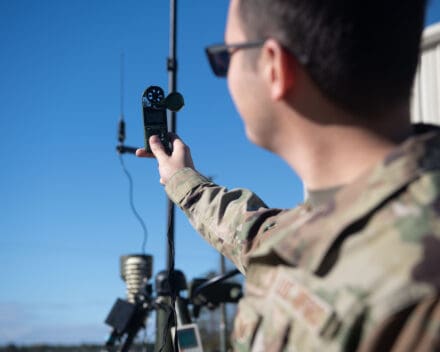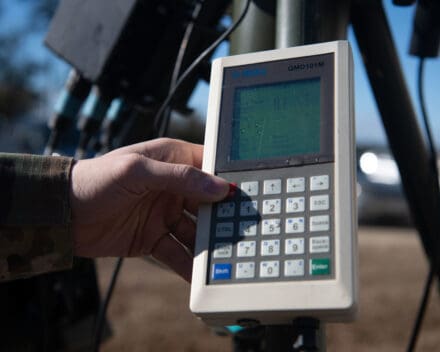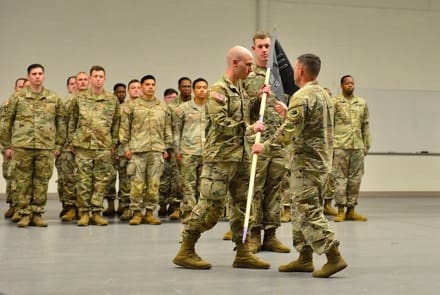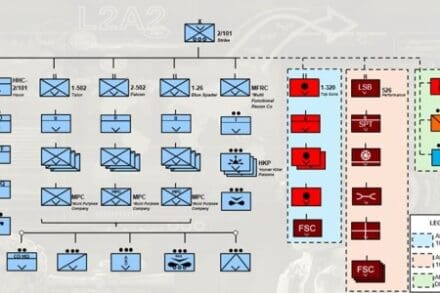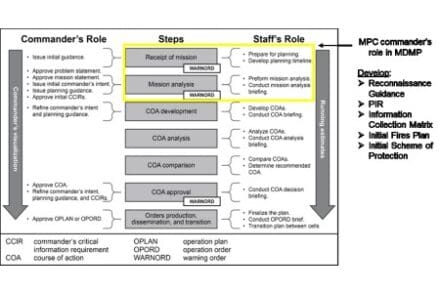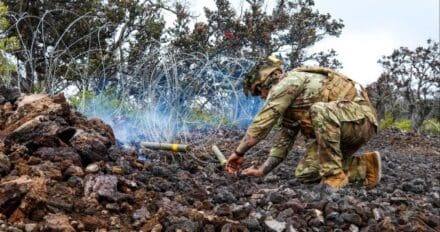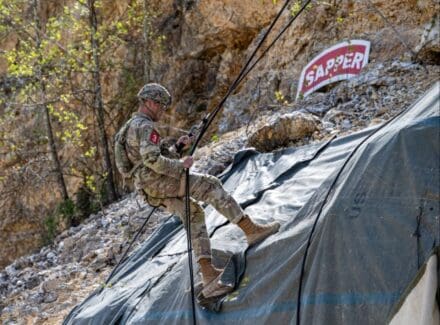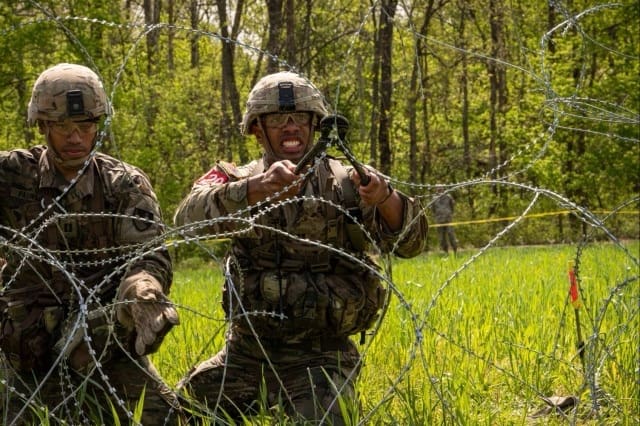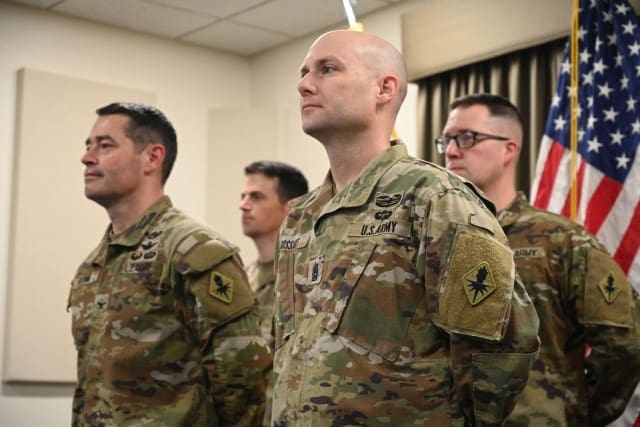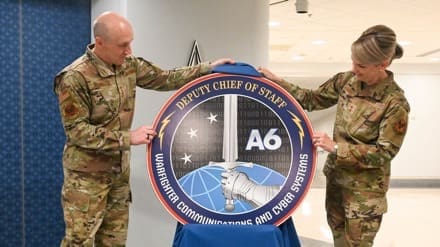
ARLINGTON, Va. (AFNS) —
The Department of the Air Force has created a new AF/A6 Deputy Chief of Staff office dedicated to warfighter communications and cyber systems. This structure is designed to address operational communications and cyber needs effectively throughout the force.
The creation of the AF/A6 office separates the responsibilities for communications and cyber systems from the previous A2/6 framework, marking one of the most significant reorganizations of the Air Staff in over 30 years.
According to Air Force leaders, the change is designed to improve readiness, resilience and operational effectiveness by aligning resources and risk management with mission requirements.
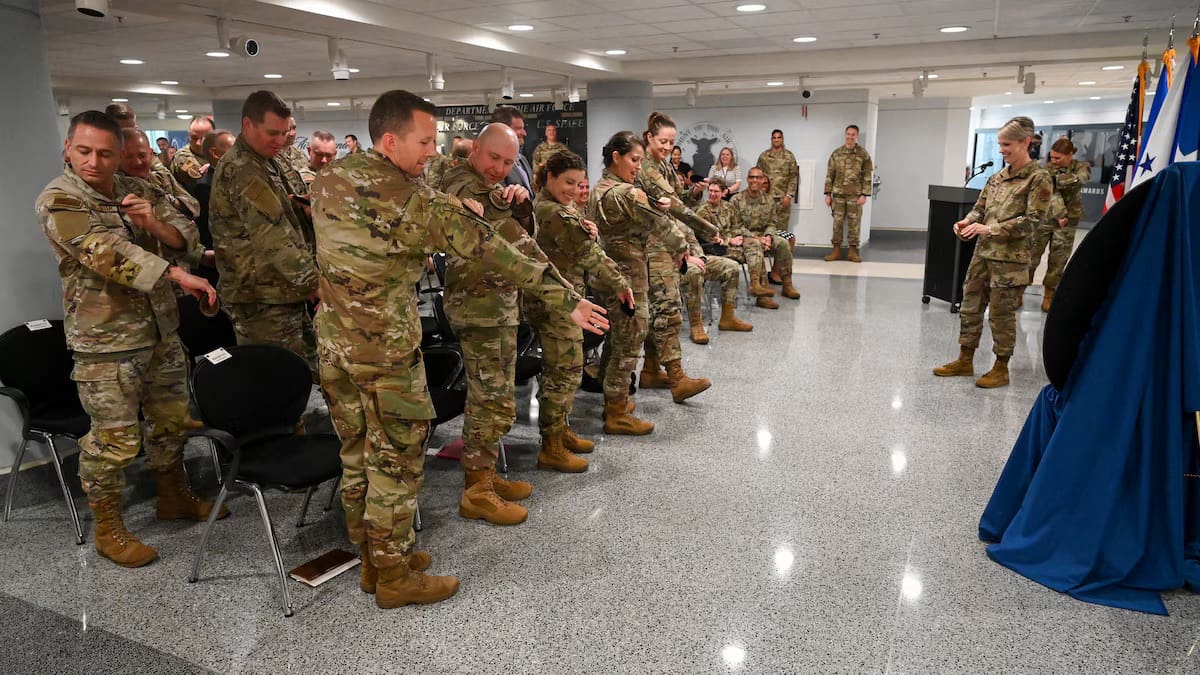
“We created the A6 to ensure communications and cyber systems are available, secure and aligned with warfighter priorities,” said Air Force Chief of Staff Gen. David W. Allvin. “This office will help us focus resources and oversight where it matters most — supporting the mission in contested environments.”
The AF/A6 aligns with broader Department of Defenseefforts to advance command and control capabilities, including the DAF Battle Network and Combined Joint All-Domain Command and Control. The office is also expected to provide enterprise-level advocacy on requirements, architecture and funding decisions.
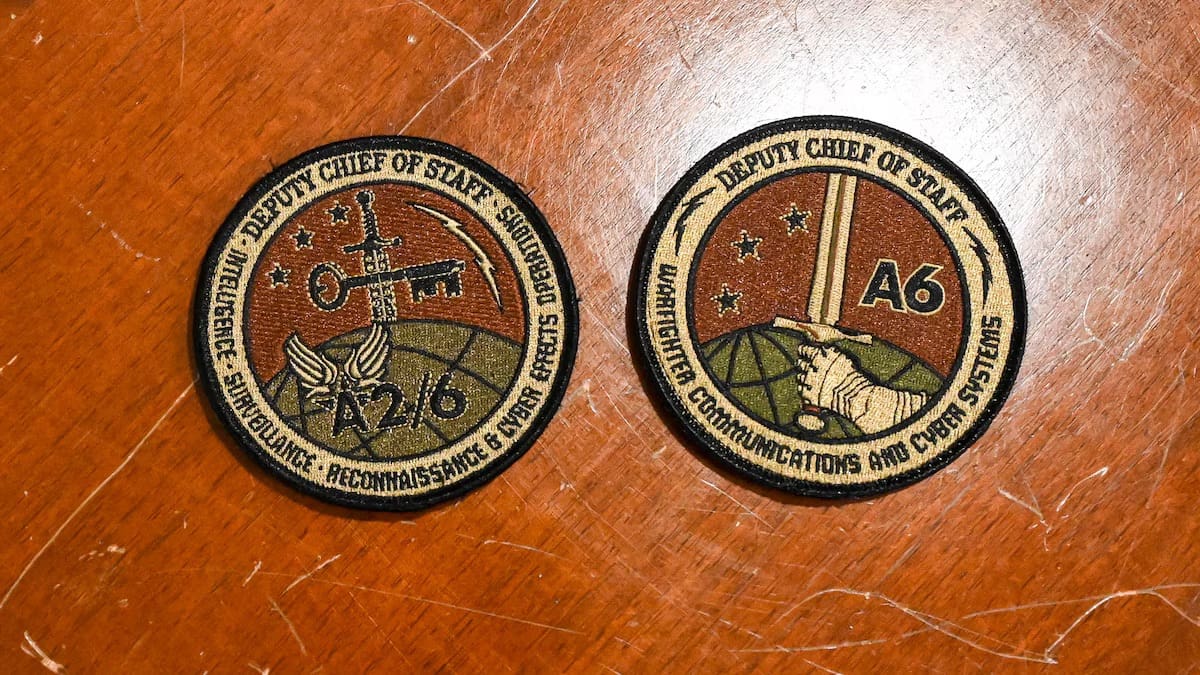
Lt. Gen. Leah Lauderback, former Deputy Chief of Staff for Intelligence, Surveillance, Reconnaissance and Cyber Effects Operations, said the A6 will serve as a critical link between operational feedback and strategic planning.
“Standing up the A6 allows us to manage risk, prioritize limited resources and advocate for warfighter needs using data from across the enterprise,” Lauderback said. “It’s a necessary step to treat communications and cyber as the operational enablers they are.”
Maj. Gen. Michele Edmondson has been appointed to serve as the first standalone Deputy Chief of Staff for AF/A6. Her experience in operations, training and strategic planning is expected to help the office’s focus on delivering integrated, resilient communications capabilities across domains.
“Our mission is to ensure warfighters have the reliable, secure communications they need to succeed in a complex and contested environment,” Edmondson said. “We’re building an enterprise that connects people, systems and decisions at the speed required by today’s operational demands.”
The office will coordinate with various stakeholders, including the department’s chief information officer, the principal cyber advisor, major command A6 offices, acquisition program offices and other operational and functional communities.
Officials emphasized the AF/A6 will be organized around a warfighter-centric model, designed to support current capabilities while informing future investment decisions and force design initiatives.
Story by SSgt Emmeline James, Secretary of the Air Force Public Affairs
Photos by SSgt Stuart Bright


